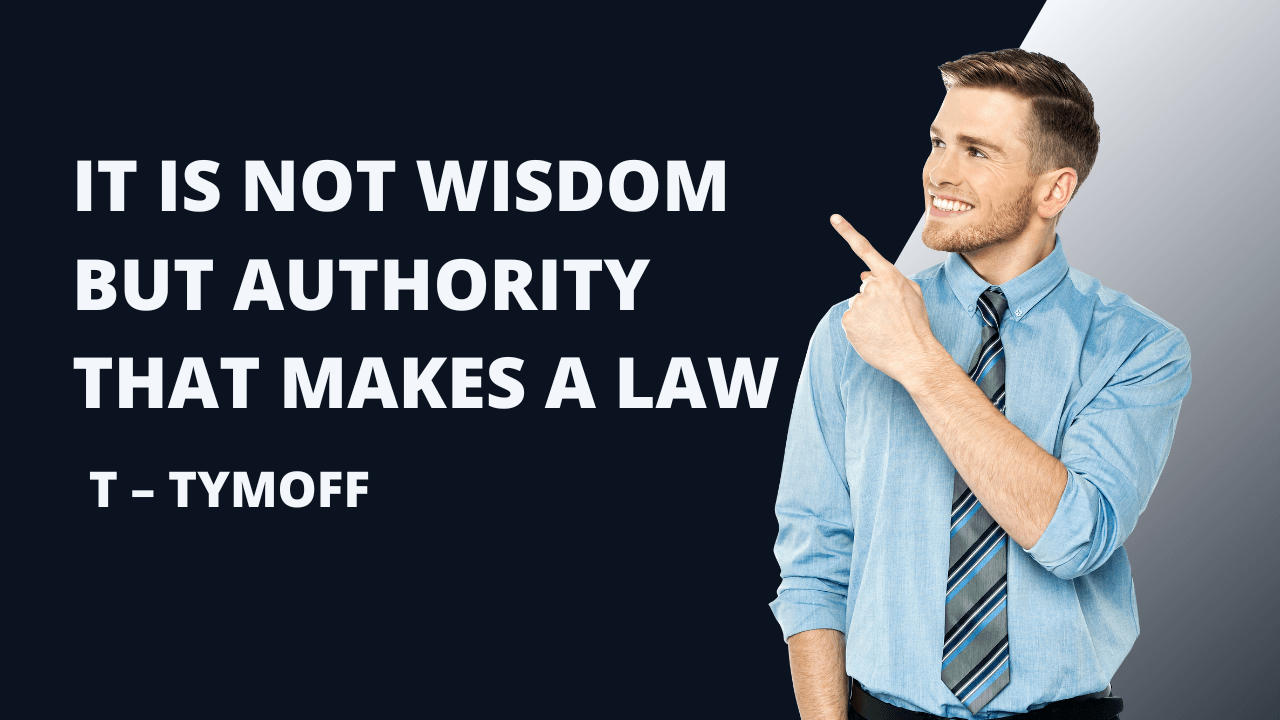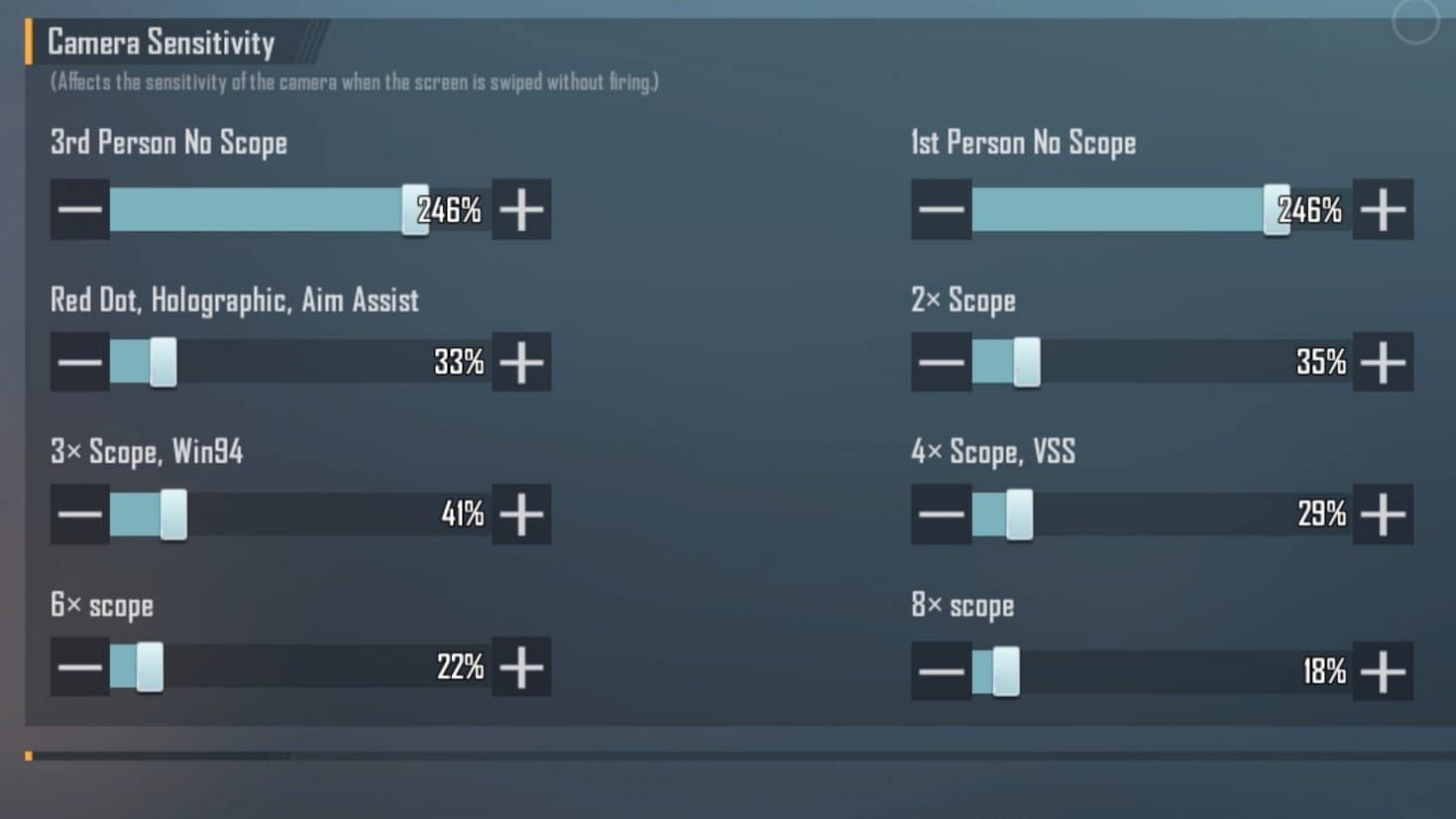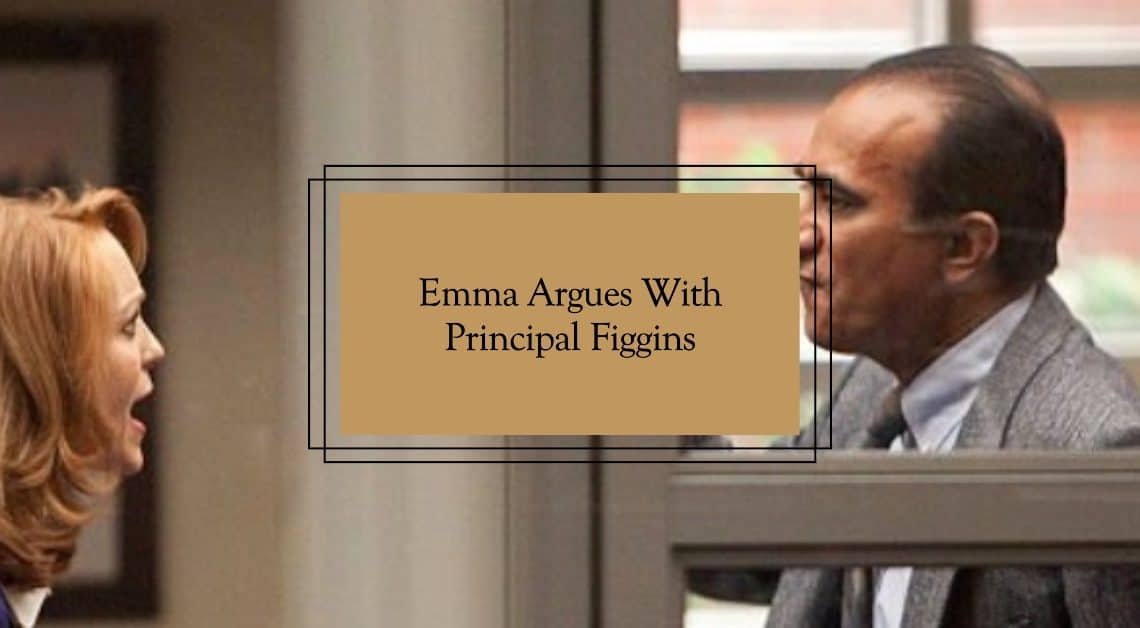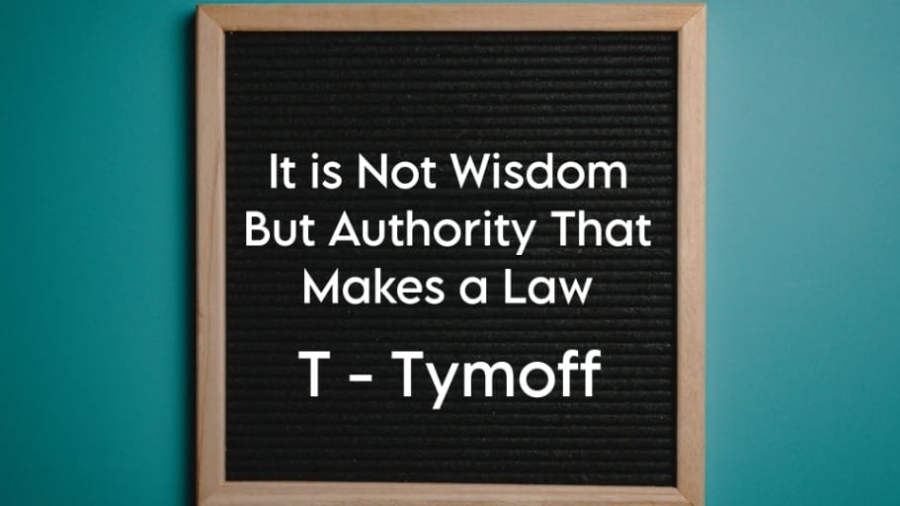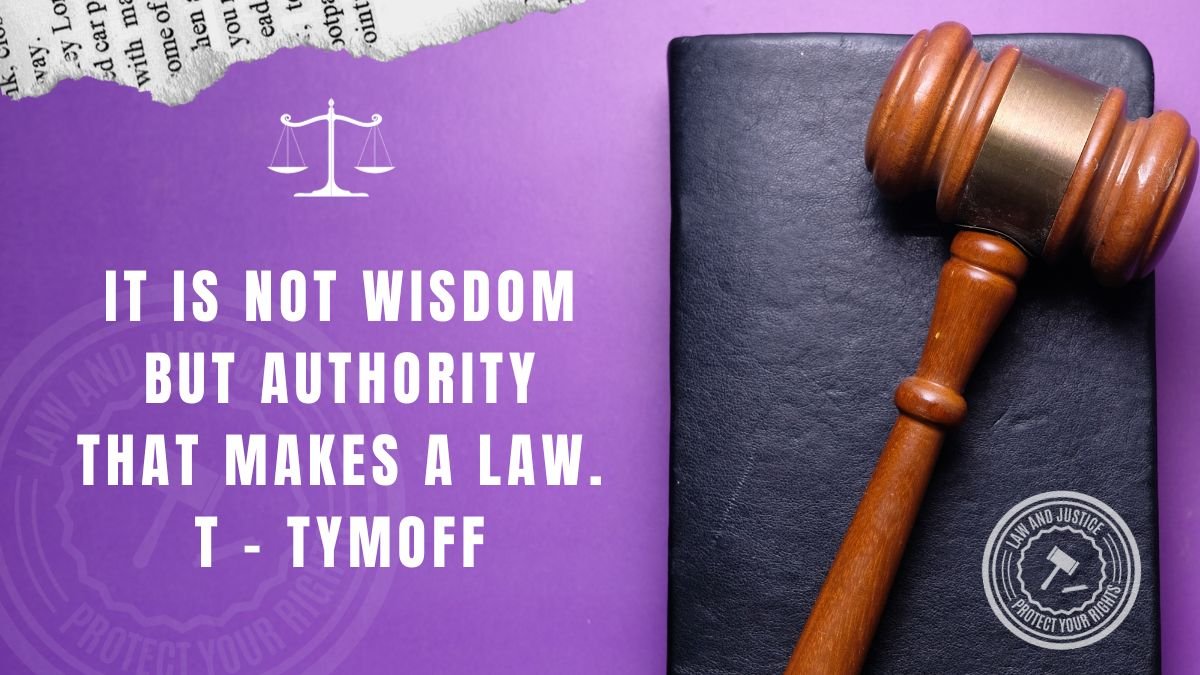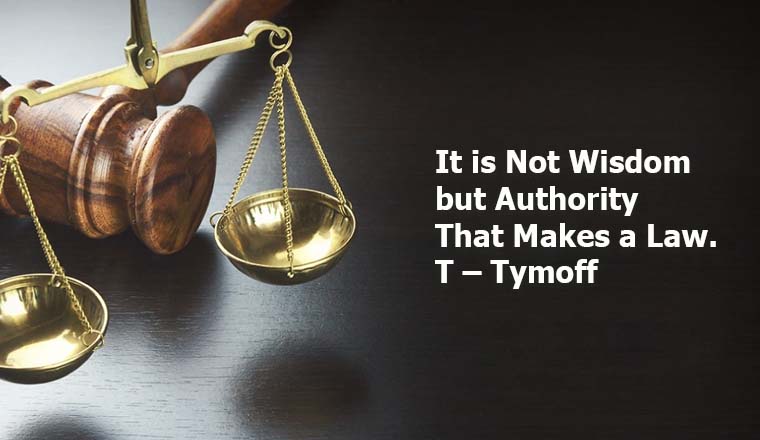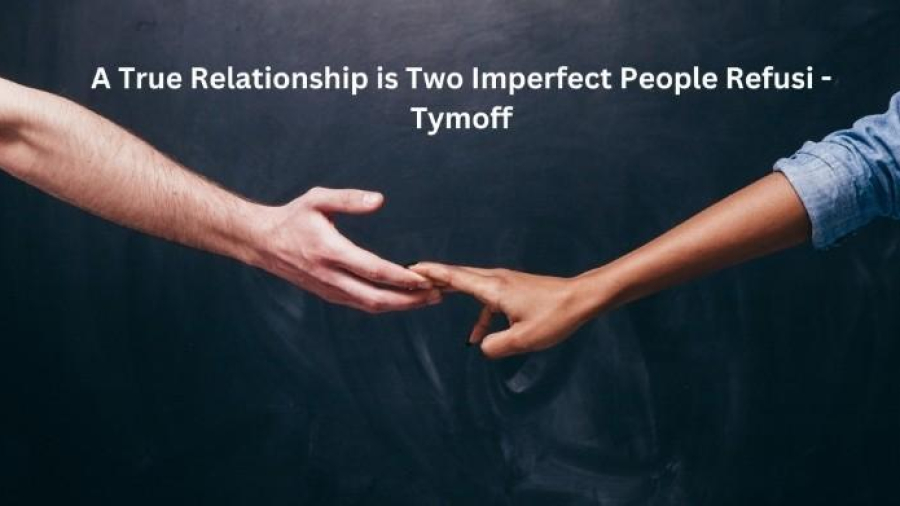Introduction
비트불스 먹튀, As the cryptocurrency market continues to expand and gain traction globally, the rise of various platforms and exchanges has been accompanied by concerns related to safety and security. One term that has surfaced in discussions within the Korean crypto community is “비트불스 먹튀” (Bitbulls Muktu), which translates to “Bitbulls eat-and-run” in English. This article aims to explore the implications of this phrase, understand the underlying concerns, and provide insights into ensuring online safety within the cryptocurrency space.

Cryptocurrency Landscape in South Korea
South Korea has been a significant player in the cryptocurrency landscape, with a large and active community of investors and traders. The popularity of cryptocurrencies like Bitcoin, Ethereum, and various altcoins has led to the emergence of numerous cryptocurrency exchanges, trading platforms, and related services. However, this growth has also brought forth challenges, including issues related to the security and legitimacy of some platforms.
Must Read=mma Argues with Principal Figgins
Decoding “비트불스 먹튀”
- Translation and Meaning:
- “비트불스 먹튀” can be translated to “Bitbulls eat-and-run.”
- The term “먹튀” (Muktu) is commonly used in South Korea to describe an online scam or fraud where a service provider, often an online platform, takes users’ funds and disappears without fulfilling their promises.
- Concerns and Allegations:
- When the term “비트불스 먹튀” is associated with a cryptocurrency platform or exchange, it implies allegations that the platform is engaging in fraudulent activities, such as misappropriating users’ funds or shutting down operations without warning.
- Community Response:
- The use of such terms within the crypto community reflects a heightened awareness and concern regarding the risks associated with certain platforms.
- Users often share their experiences and concerns on online forums, social media, and community platforms to warn others and seek support in case of suspected fraudulent activities.
Challenges in the Cryptocurrency Space
- Lack of Regulation:
- The cryptocurrency market operates in a relatively young and evolving regulatory landscape.
- The absence of comprehensive regulations in some regions can lead to the proliferation of unscrupulous platforms.
- Anonymity and Pseudonymity:
- Cryptocurrencies are known for providing a degree of anonymity, making it challenging to trace individuals or entities involved in fraudulent activities.
- Some platforms may exploit this feature to carry out fraudulent schemes.
- Security Vulnerabilities:
- Security breaches and hacking incidents have been a recurring challenge in the cryptocurrency space.
- Exchanges with weak security measures may become targets for cyberattacks, compromising user funds.

Navigating Online Safety in Cryptocurrency
- Research and Due Diligence:
- Before using any cryptocurrency platform, users should conduct thorough research.
- Factors to consider include the platform’s reputation, security measures, user reviews, and the team behind the project.
- Regulatory Compliance:
- Users should prioritize platforms that adhere to regulatory standards.
- Compliance with local and international regulations increases the likelihood of a platform being legitimate and accountable.
- Transparent Operations:
- Legitimate platforms are transparent about their operations, including fees, security protocols, and withdrawal processes.
- Lack of transparency or vague information should raise red flags for users.
- Community Feedback:
- Pay attention to the experiences and feedback shared by the cryptocurrency community.
- Online forums, social media, and review platforms can provide valuable insights into the reputation and trustworthiness of a platform.
- Secure Storage:
- Utilize secure wallets for storing cryptocurrencies.
- Hardware wallets, paper wallets, or reputable software wallets with strong security features can help protect assets from potential threats.
Case Studies and Real-Life Examples
- Mount Gox:
- The infamous case of Mt. Gox, once the largest Bitcoin exchange, serves as a cautionary tale.
- In 2014, Mt. Gox filed for bankruptcy after losing hundreds of thousands of bitcoins, leading to significant financial losses for users.
- Exit Scams:
- Some platforms have executed exit scams, where they shut down operations, taking user funds with them.
- Users must stay vigilant and report suspicious activities to prevent falling victim to such scams.
Government Initiatives and Industry Collaboration
- Regulatory Frameworks:
- Governments and regulatory bodies are increasingly working on establishing clear frameworks for the cryptocurrency industry.
- Regulatory measures can provide a level of oversight and accountability.
- Industry Standards:
- Collaboration within the cryptocurrency industry to establish and adhere to best practices and standards can contribute to a safer environment.
- Initiatives focused on self-regulation and ethical conduct are gaining importance.

Conclusion
In the ever-evolving landscape of cryptocurrencies, ensuring online safety is paramount. The phrase “비트불스 먹튀” (Bitbulls Muktu) reflects the collective concerns of a community that recognizes the potential risks associated with certain platforms. By being proactive, conducting thorough research, and staying informed, users can navigate the cryptocurrency space with greater confidence. Governments, regulatory bodies, and industry participants must continue working together to establish a secure and transparent ecosystem that fosters trust and legitimacy. As the cryptocurrency landscape matures, a collective effort is essential to mitigate the risks and promote the responsible and ethical development of this transformative technology.



